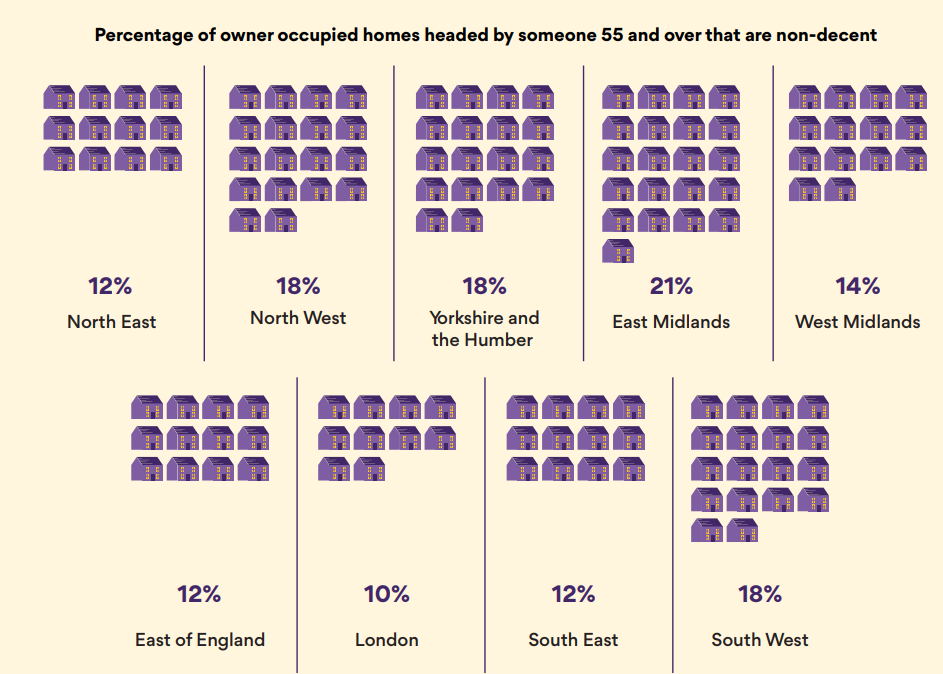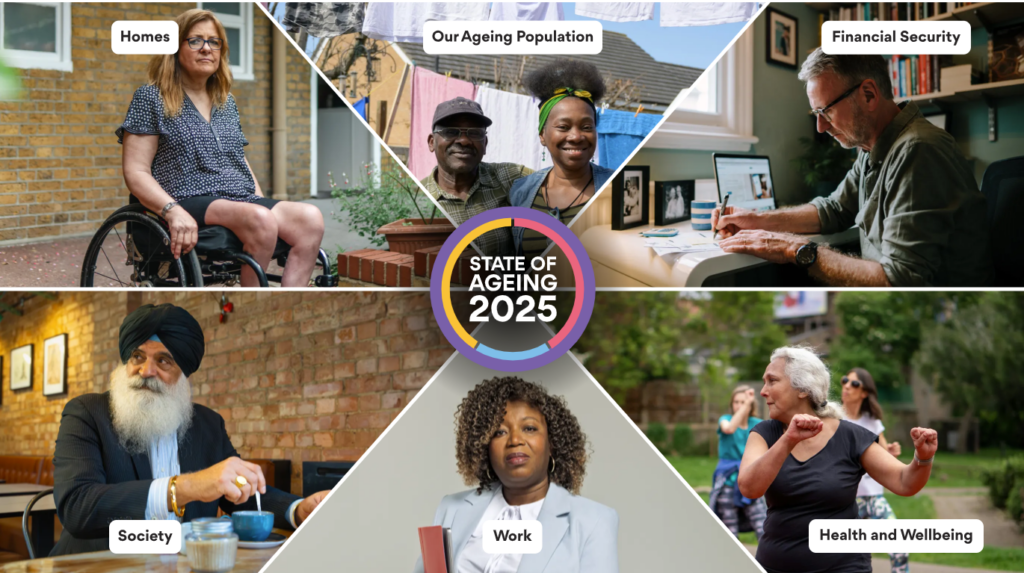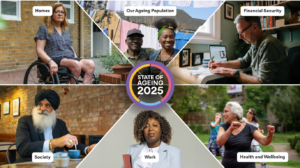The latest research by The Centre for Aging better, State of Ageing 2025 report finds that living in the poorest parts of England can cost you almost five years of your life.
We will be focussing on, and discussing the report findings in more detail over the coming weeks and months but you can click on the button below to read a detailed summary.
Our homes play a significant role in our health. Homes that are damp, cold and hazardous (known as non-decent homes) can cause asthma, strokes, heart attacks and broken bones. There are a total of 1.7 million homes headed by someone aged 55 and over that are classified as non-decent and 1.3 million of them are owner-occupied. But the total number of older people living in these homes is even higher, at 2.3 million.
The number of non-decent homes varies regionally with the highest number (212,000) in the North West10. The rate of non-decency is highest in the private rented sector but the absolute number of non-decent homes is highest in the owner-occupied sector. The proportion of non-decent homes that are owner-occupied and headed by someone aged 55 and over ranges from one in ten in London to twice that (21%) in the East Midlands.
Homes that can become too hot are also a major risk to health. They put additional strain on the circulatory system as the heart works harder to regulate body temperature, increasing the chance of a heart attack, irregular heartbeat (arrhythmia) and heart failure, particularly among older people who are most likely to have an existing heart condition. One in ten homes in England are ‘uncomfortably hot’, and around two in five of these homes are occupied by older people or someone with a disability or long-term illness.
The risk posed by these issues will only worsen as climate instability increases the likelihood of days that are extremely hot, cold or wet.
In addition, many older people are living in homes that are not suited to their needs, causing accessibility issues that can result in trips and falls, as well as social isolation and loneliness. Only 12% of homes in England are fully accessible but this proportion varies widely across the country and by age of the head of household. Just 4% of homes in the North West and the Midlands headed by someone aged 55 to 64 are accessible compared with almost a quarter (23%) in London.
People are more likely to be impacted by the consequences of non-decent and unsuitable homes if they are from Black and Minority Ethnic (BAME) backgrounds, living in London, or living with a serious health condition or disability.
“[My old] house was very nice…but it didn’t have double glazing and we were cold all the time…It was freezing…and my rheumatoid [arthritis] was worse there. [Now] we have a two-storey house, we have railings on this side and on this side so I can go up the stairs. We do need a bathroom downstairs, but we will get it eventually. It’s very expensive…”
Woman in her sixties, Middlesbrough

What needs to happen...
National government: Commit to improving the quality of cold, dangerous homes, particularly for poorer homeowners, in the forthcoming national Housing Strategy. This should set out detailed plans to improve poor-quality homes of all tenure types across England and bring together work on housing by multiple government departments
National government: Urgently deliver the longstanding commitment to raise accessibility standards for all new homes, so that disabled and older people can live independently and
with dignity in the 1.5 million new homes being built during this parliament.



